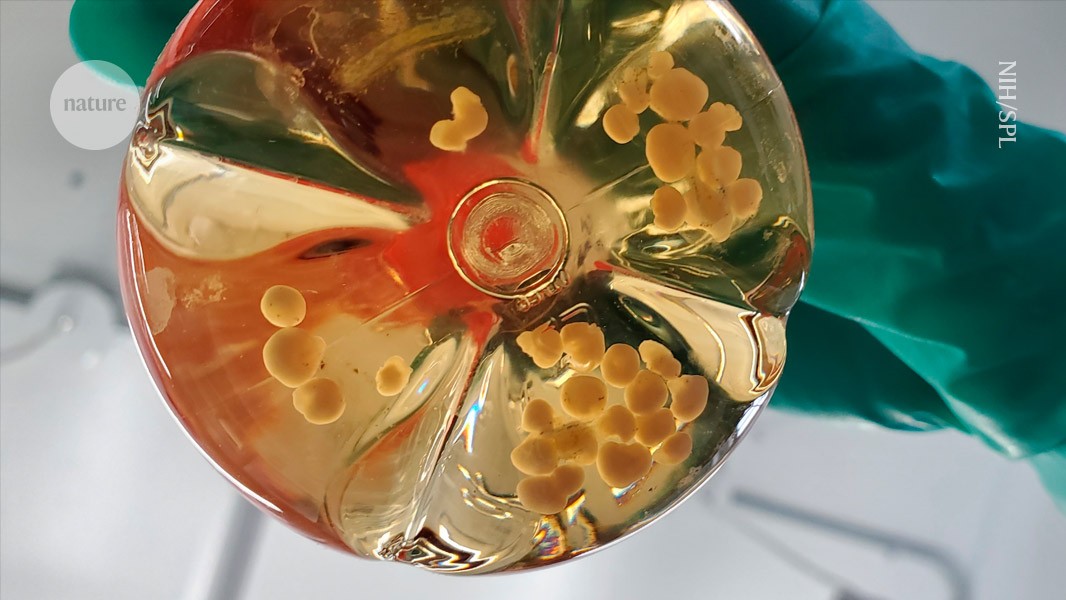
"The structures, which mimic the heart, liver, lungs, and gut, are some of the most complex models of human development ever made, and contain cell populations and structures not seen before in these models."
"Vascularization of organoids is a hot topic, as most organoids lack vessels that transport blood, nutrients and oxygen, restricting their size and function."
"Last month in Science and Cell, two separate teams reported creating vascularized organoids using a new approach that grows the organoids with vessels from their earliest stages."
"The models really show the power of this strategy, as researchers have successfully coaxed pluripotent stem cells to form vessels as they create other organ tissue."
Sophisticated vascularized organoids are now being created in the lab, mimicking various human organs like the heart and lungs. These organoids contain complex structures and cell populations previously unseen in such models. Traditional organoids lacked blood vessels, limiting their functionality and size. Recent studies reported a new method for growing organoids with vascular connections from early development stages. By utilizing pluripotent stem cells, researchers can now coax these cells to form blood vessels while the organ tissue develops, significantly improving organoid maturation and function.
Read at Nature
Unable to calculate read time
Collection
[
|
...
]